Too heavy-handed with the chilli? Overdone the hot sauce? Tears streaming down your face? You’ve probably over-spiced your soup.
Most of us love a culinary kick from spicy food, but everyone’s tolerance is different. Food that provides a gentle warmth for some can leave others with their mouths on fire.
If you’ve turned the heat up a little too much, we’re here to tell you how to make soup less spicy so all those delicious flavours and ingredients don’t go to waste.
7 Ways to Make Soup Less Spicy
Even if you enjoy volcano-like levels of spicy heat, let’s be clear: spicy ingredients should enhance a dish, not leave you racing for cold milk.
But we all make mistakes, like being too generous with the chilli flakes so your food becomes inedible.
There are some seriously hot soups out there for genuine spice fiends like tom yum from Thailand and chilate de pollo from Mexico. But how can you rescue a dish when the heat becomes too much?
The first thing to remember is not to panic, and don’t throw anything away. With a few simple adjustments, you can discover how to make soup less spicy so you can enjoy all those mouthwatering ingredients, and your hard work is rewarded.
1. Introduce Dairy Products
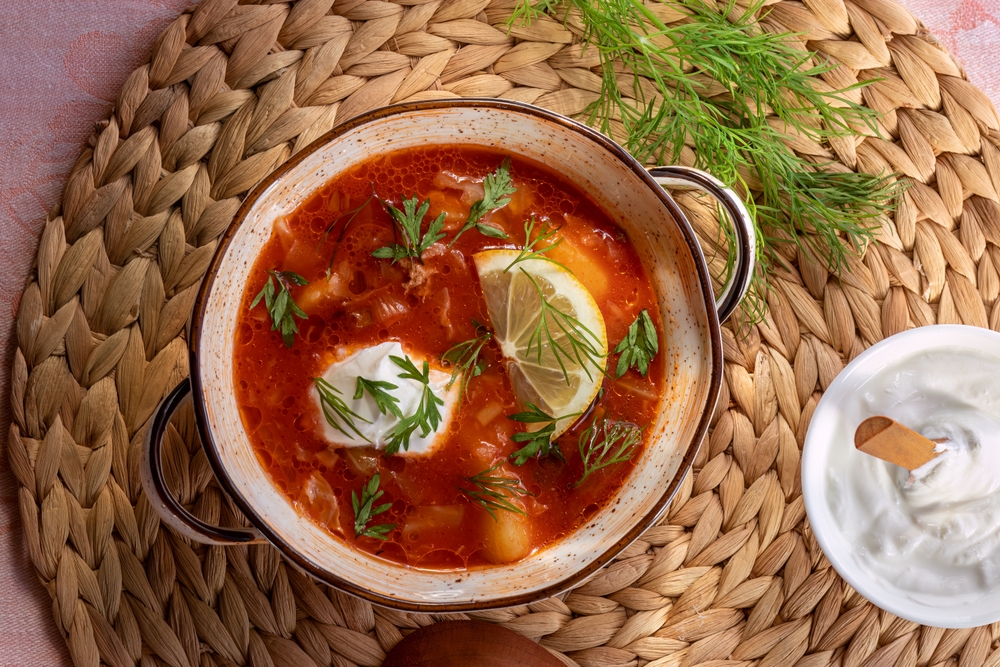
The easiest and most obvious way to tone down any dish including soup is to add dairy products. That’s because the casein protein present in cream, milk, and other dairy items clings to the capsaicin molecules that cause the heat in spicy food.
If you find too much kick to your black bean soup, stir in a spoonful of full-fat cream or crème fraiche. Keep adding small amounts until the heat is reduced to a manageable level and your tastebuds are revived.
Dairy is not only great at cooling down spicy soup, but it can also be used to lower the heat in a range of other fiery dishes like this simple and delicious chicken curry.
2. Use Starchy Ingredients
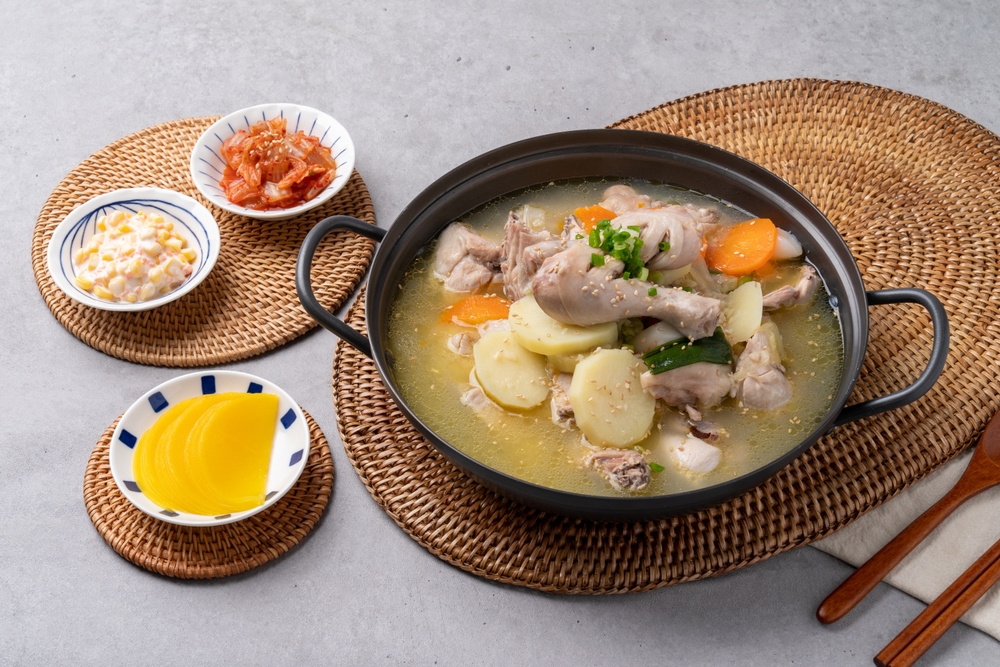
If the spice level of your soup has gone off the scale, you’ll need to bring it back to something more tolerable. Another simple method for reducing the heat is to add starch-rich ingredients.
If you’ve overdone the chilli in your Caribbean shrimp creole, add some rice, potatoes, pasta, or plain starch to tone down the heat. Alternatively, serve your spicy soup in smaller portions bulked out with a hefty hunk of starchy bread to counter the hot kick.
When the heat gets out of hand, adding starch will also cool down a variety of other dishes and stews such as this wholesome chunky summer vegetable chilli.
3. Add an Acidic Element
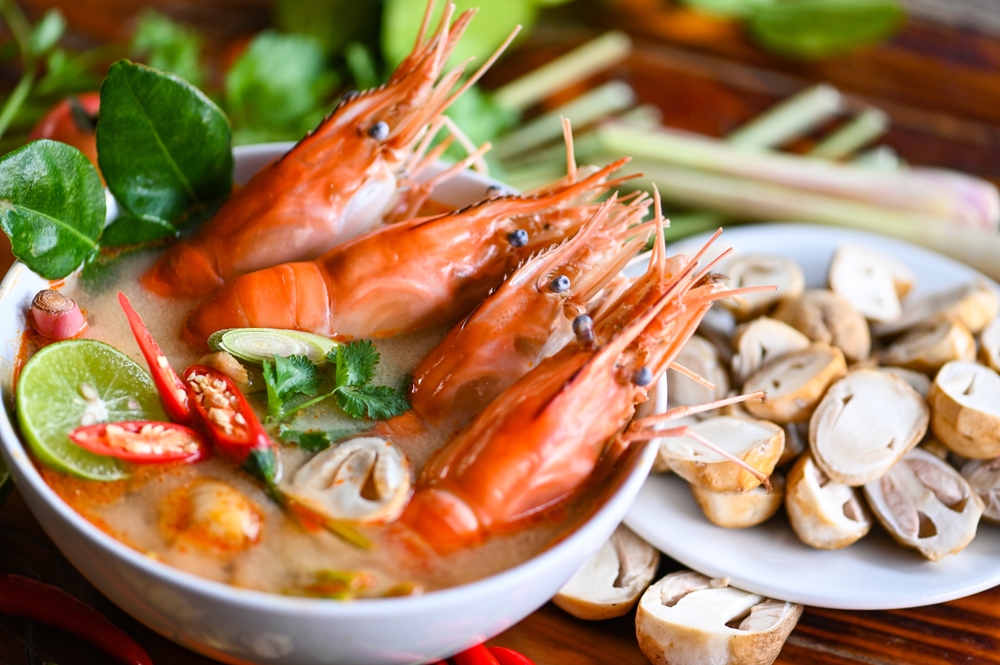
Acidic ingredients are not only great at cutting through strong flavours, but they also soften an overly spiced dish.
Simply adding a squeeze of lemon or lime juice, a dollop of ketchup, or a splash of red wine, white wine, or sherry vinegar helps to nullify the heat in any spicy soup or dish.
Not only do acidic ingredients reduce spiciness, but they also add a fresh texture and flavour to enhance the overall dish. For example, a touch of lemon is a fantastic condiment to use with creamy soups and chowders, as well as seafood dishes like this yummy piquant seafood risotto recipe.
4. Go for Fatty Foods
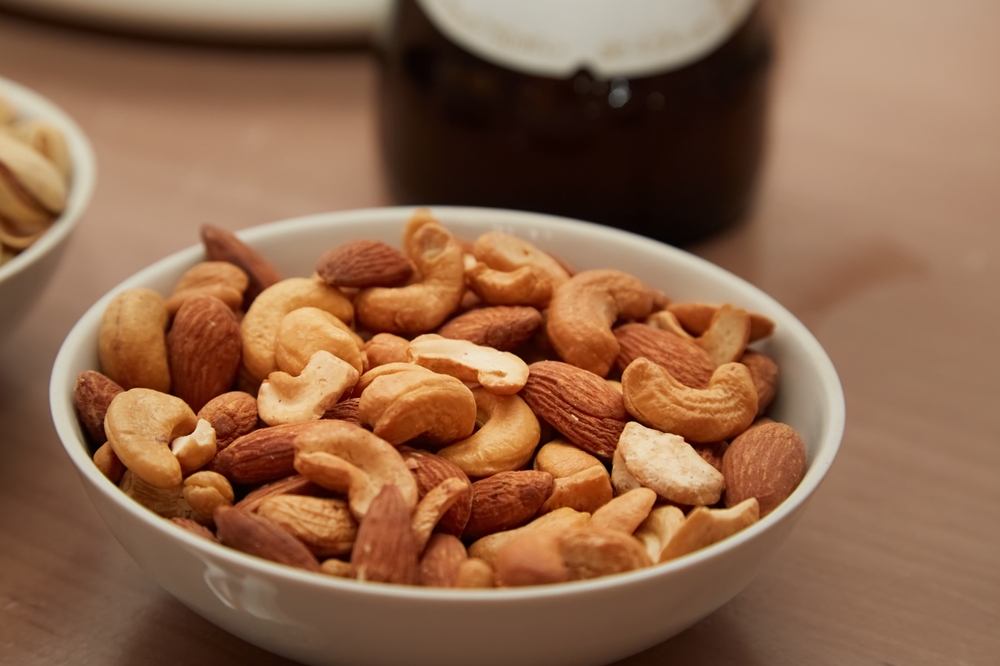
High-fat foods are known to dissolve the oils in capsaicin which are responsible for making food spicy. In the same way that dairy products take the sting out of hot dishes, high-fat ingredients such as nuts and nut butters do the same job.
Again, it’s the high-fat content in nuts that makes spicy cuisine less potent by counteracting the fiery ingredients. As an extra bonus, introducing nuts or nut butter also adds protein, healthy fats, and other nutrients to your dish.
Adding nuts or nut butter can change the taste and texture of your soup, so ensure you introduce a little at a time. Similarly, if you go too heavy on the spices while making this classic butter chicken recipe, nutty ingredients will help neutralise the excessive heat.
5. Sprinkle with Sugar
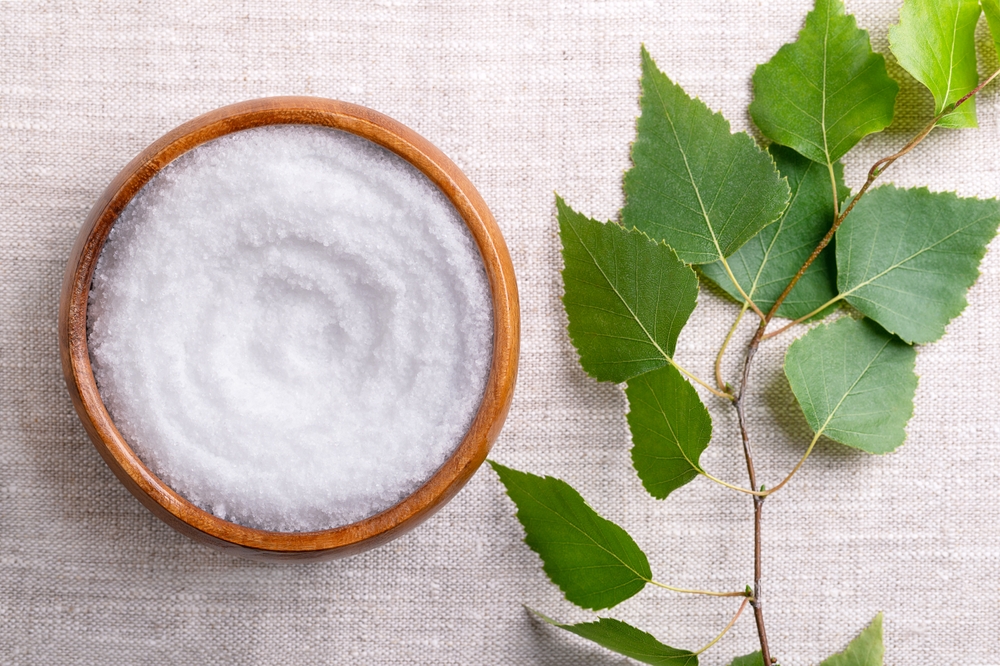
A sprinkle of sugar or a pinch of sugary alternatives is a tried-and-tested method for lowering the heat in spicy food. While this is best done with recipes boasting concentrated flavours like marinades, highly-flavoured sauces, or stir-fry dishes, it also works with spicy soups.
Along with sugar, adding honey, maple syrup, or a dab of molasses will make soup less spicy. Just be careful: the sweetness can alter the flavour of your dish, so add a little at a time and taste as you go along to maintain the perfect harmony. And, if your dish becomes too sweet, simply balance it out with a pinch of salt.
As well as lowering the heat in spicy soups, adding a small amount of sugary ingredients will reduce the spice-level of this Mexican-inspired beef taco bake if you’ve overdone it with the hot tomato sauce.
6. Use More Ingredients
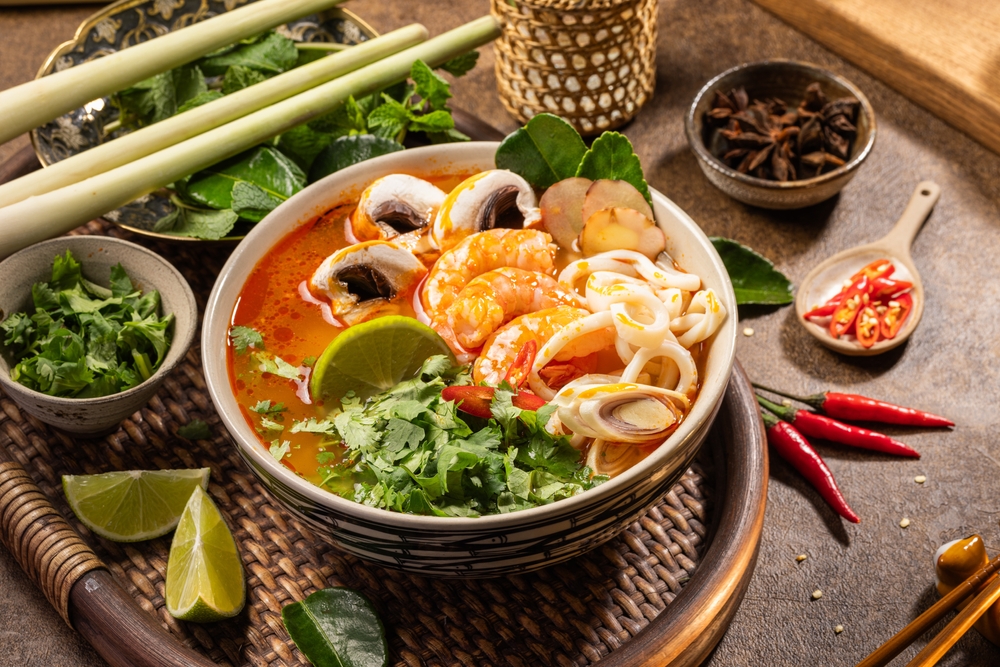
Arguably the easiest method for toning down soup that’s too spicy is to add more of the other ingredients. So, if your frutta di mare all’acqua pazza (literally translated to ‘seafood in crazy water’) contains too much chilli, just drop in more fish and seafood like prawns, squid, and red mullet to counteract the spiciness.
While introducing more ingredients is a simple solution, it can affect the taste of your soup. Therefore, it’s important to closely monitor what you’re adding and balance the proportions while checking the seasoning as you go.
7. Add More Liquid
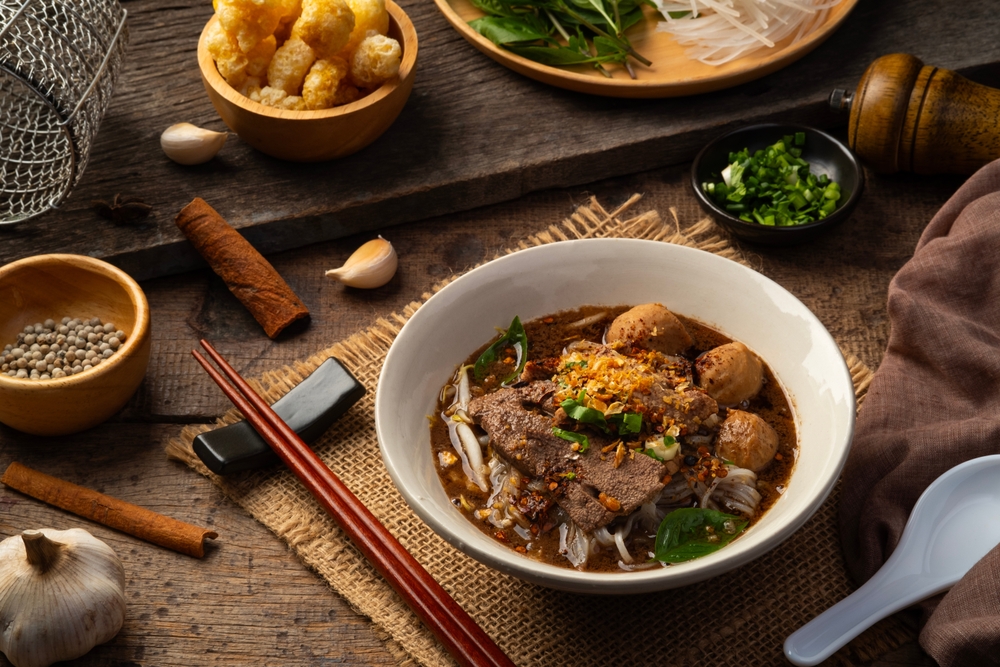
Another way of making pungent dishes – especially soups and stews – less spicy is to add more liquid.
As you’d expect, adding liquid will dilute the overly spicy broth in your soup to achieve your desired heat and make the dish more palatable.
Of course, any extra liquid, whether water or stock, can affect the density of your soup so that it becomes too watery. If this happens, there are several ways to thicken soup so that you achieve the perfect consistency and spiciness.
How to Make Soup Less Spicy – What’s Your Secret Method?
Have you developed a special way to make soup less spicy? Take some photos and tag us on social media. We’d love to see the end result.